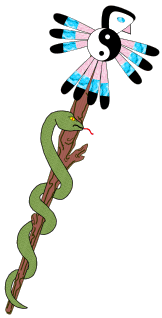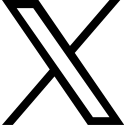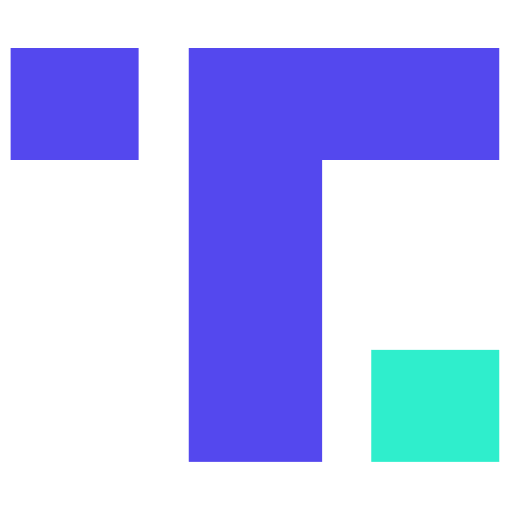Overview
According to  rosacea.org:
rosacea.org:
Rosacea is a chronic skin disorder of the central face (cheeks, nose, chin, forehead) that affects over 16 million Americans.
It presents with flushing, red-faced, acne-like inflammatory bumps and pimples, pustules, or visible blood vessels (telangiectasia or "spider-veins"). The nose may grow swollen and bumpy (rhinophyma). Rosacia may also affect the eyes (ocular rosacea), causing irritation, watering, or bloodshot appearance.
In rare cases, rosacea signs and symptoms may also develop beyond the face, most commonly on the neck, chest, scalp or ears.
This disorder tends to come and go, and tends to progress in severity over time.
The cause of rosacea is unknown [and probably multifactorial]. Although there is no cure, its signs and symptoms can be controlled by [individualized] medical interventions and lifestyle changes.
Please see conventional, complementary, and alternative medical treatments for important background information regarding the different types of medical treatments discussed on this page. Naturopathic, Complementary, and Alternative treatments that may be considered include:










